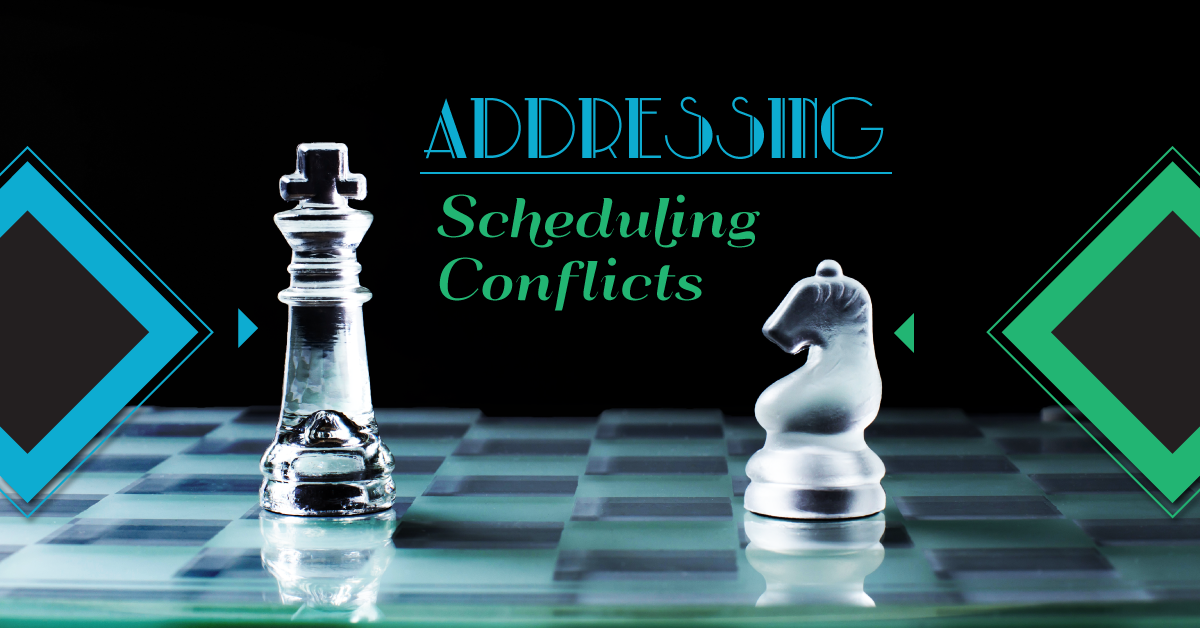The Running List: What It Is and Why You Need It
An organized backstage is a calm backstage, and a running list can help keep things running smoothly during a production. What is a running list? It’s a scene-by-scene breakdown of scene changes and transition notes, prop entrances and exits, and quick changes, in list form (often colour-coded). It indicates who is in charge of each task and when it needs to happen in the show. It is pinned up in a common backstage area for easy access, to assist backstage team members in knowing what comes next in the show. It is especially important and useful in school shows and community theatre productions when you may have different people (whether that be student crew members or parent volunteers) assisting backstage on different nights. But even if you have the same crew for each performance, it is really helpful to have all that crucial information available at a glance.
Creating a running list can be a bit time-consuming, but your backstage crew will love you for it!
How to create a running list:
1. Go through your script, scene by scene. List each scene by act and scene number. Include the title of the scene and/or the location of the scene, and any musical numbers performed in the scene if the show is a musical. If your show doesn’t have specific scenes, break down the acts into smaller beats, and indicate an important occurrence in the scene (such as “the chase scene” or “the balcony scene” or “Mrs. White’s death scene”) so the scenes are easily identifiable. This helps the crew keep the scenes straight, especially if they are less familiar with the show. It is also useful for younger or less experienced cast members, to keep the show in order in their minds. Include all scenes, even scenes that don’t require any changes, as this may change during technical or dress rehearsals.
2. For each scene, note any changes. Include things like set changes, transition concerns, props coming on or off (and who uses each item), quick costume changes, and preparations that need to be made for upcoming scenes. For example, if you know that a makeup table needs to appear onstage in Scene 5 with a mirror and makeup items on it, you might want to note in Scene 3 that the table needs to be prepped at that time so it’s ready for Scene 5.
3. Make note of what happens before and after the show. Be sure to also make note of what needs to happen pre-show (floors swept and mopped, props pre-set, etc.), during intermission, and post-show (clean-up).
4. I usually identify students by their own names in the running list (such as “QUICK CHANGE – Grace and Ethan into golf outfits”) but you may want to identify them by character name. Use whatever works best for your show, but be consistent in your notes.
5. Leave room in the margins and spaces between each scene for backstage teams to add their own notes. They may find that something was missed or added, or they might discover a better way or time to do a certain task, so allowing them space to note these changes will only make for an easier backstage process! Include page numbers, as well, at the top of each page. Running lists can often be quite long, depending on how many notes you need to include, so including page numbers will help to keep everything in the correct order. It’ll also be easier to notice if a page has gone missing.
Challenge your students to create a running list for their show. Forward thinking and attention to detail are musts for this exercise!



